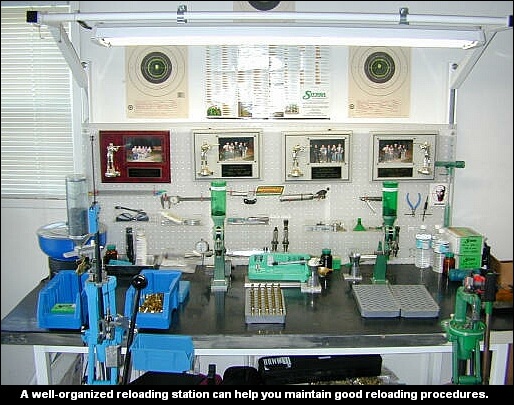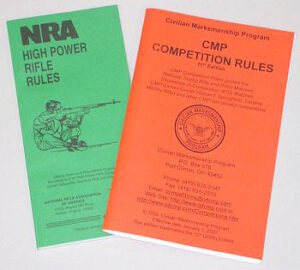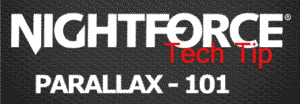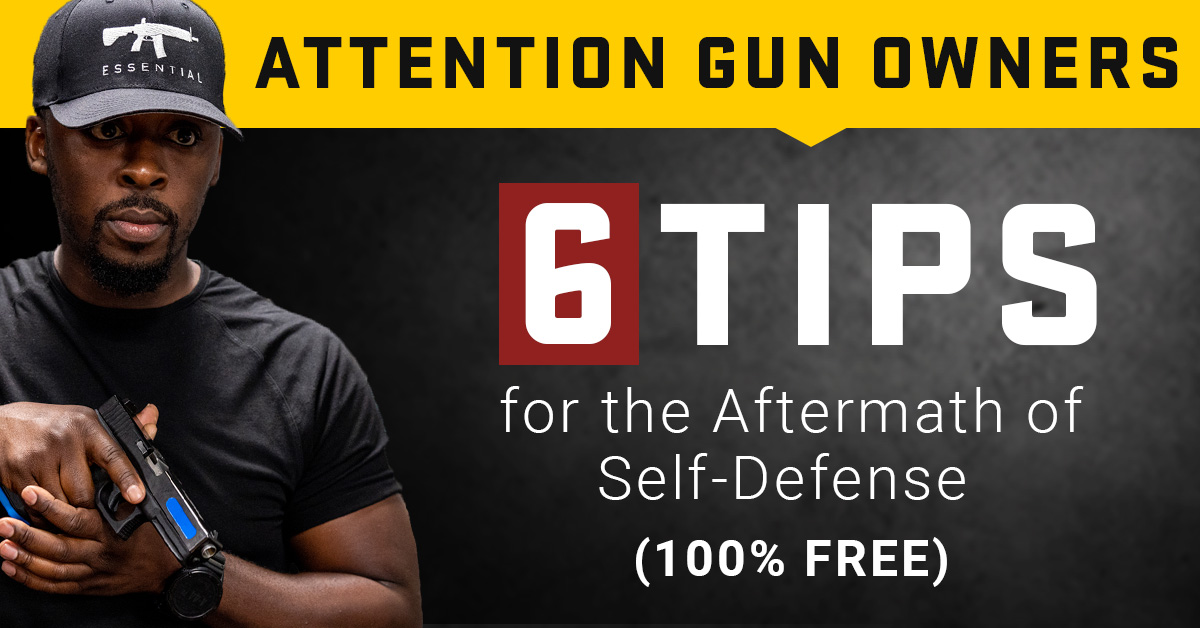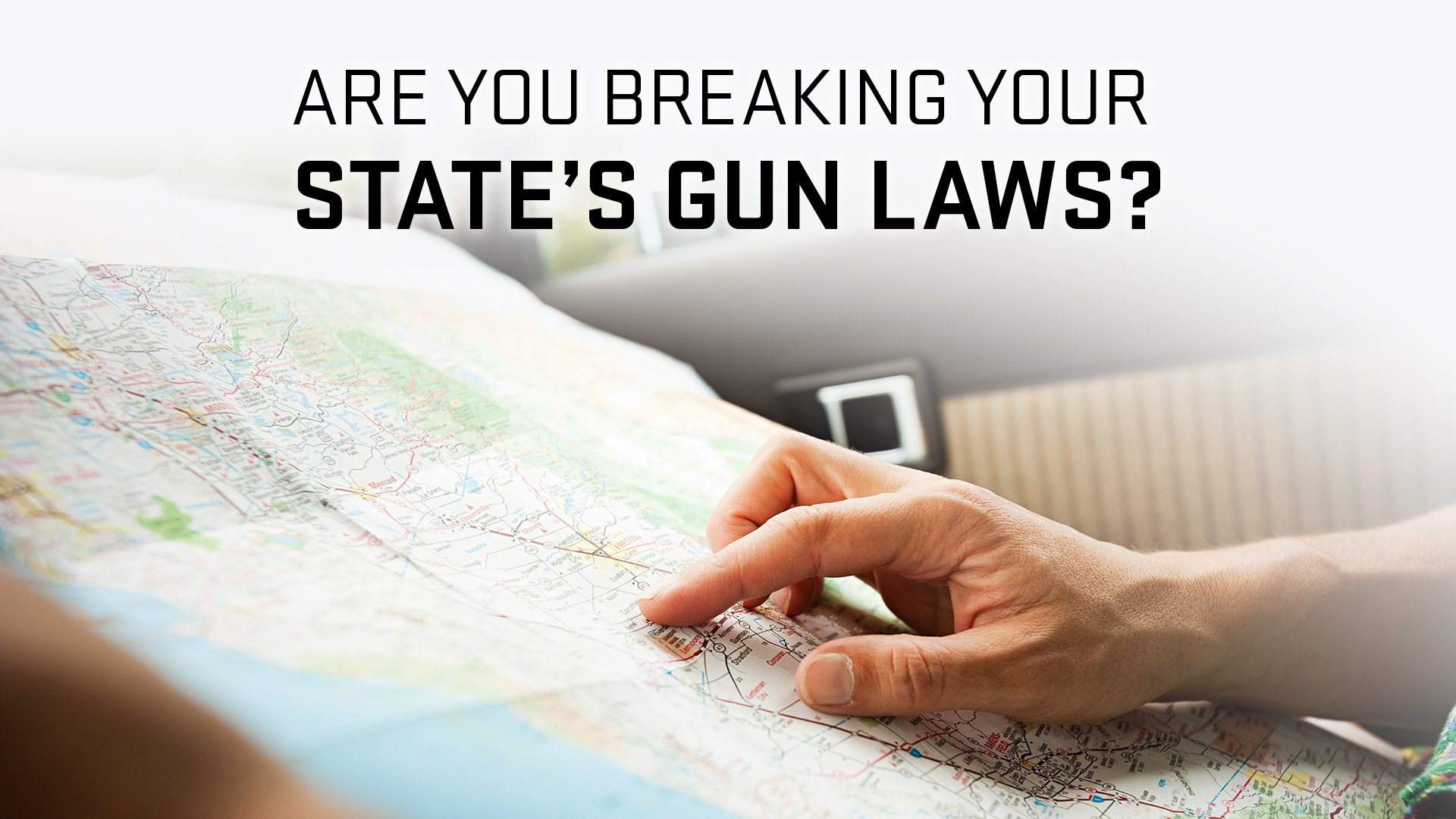Sinclair International’s Reloading Press blog featured a “round table” discussion on reloading methods a while back. Sinclair’s tech staffers were asked, “What do you think is the most crucial step in precision loading?”
Here are their answers (alongside comments from our editors):
Phil Hoham: I feel that you should not use too much or too little powder when building a load. Avoid’suggested load’ that you hear on the range or online. Use a reloading guide that includes not only the minimums and maximums but also the pressure, velocity and range of powders. “At all times, remain focused on the reloading procedure and do not get distracted.”
AccurateShooter.com : Some loads presented online are fine as a starting place, but it’s important to realize that pressure maximums can vary significantly from one rifle to the next (of the same chambering). For example, a 6mmBR rifle that shoots 105gr Bullets can max out at 30.0 grains Varget powder. Another rifle with the same chamber size but a different barrel could tolerate (and perform) better with half a grain of more powder. You must adjust recommended loads for your rifle and barrel.
Pete Petros: This could be a broad topic, but I would choose to pay attention and weigh each powder charge to make sure that each load is accurate and consistent. This is important for accuracy and safety.
AccurateShooter.com : If you are shooting beyond 200 yards it is important to weigh your loads using an accurate scale or automated systems such as the AutoTrickler V3/V4. Loads with a uniform distribution (within a couple of kernels) will have a lower Extreme Spread. Even if you use the same powder, you may need to adjust your load a lot when you switch powder lots. Varget loads can be adjusted by up to one full grain for.308 Palma shooters.
Ron Dague: I feel that the first case preparation is the most important step in reloading to ensure accuracy. To ensure consistency, it is important to uniformly depth the primer pocket. Deburring the flashholes, each in the exact same way is also important to clean and chamfer inside. It ensures the primer ignites uniformly and flows in a consistent pattern. This will ensure a uniform powder ignition, and tighten your velocity Extreme spread.”
AccurateShooter.com says that with some brands of brass, primer pockets uniforming and flash hole deburring are useful. With the best Lapua Norma and RWS brass, it may not be necessary or even counter-productive. As long as the flash-holes in your Lapua brass are not obstructed, or smaller than spec it is best to leave them be. This is especially true for the small flash-holes in 220 Russian, 6.5×47, and 6BR cases. Most of the flash-hole reaming tool on the market has cutting bits of different sizes due to manufacturing tolerances. We’ve seen tools that advertise a diameter of.0625″ (1/16″) but actually cut a 0.068″ hole. We are also wary of tools that deburr flash-holes with an aggressive inside chamfer. It is difficult to control precisely the amount of chamfer, even with tools equipped with a depth stop.
Rod Green: “I believe that bullet seating is the single most important step. If you had concentrated on making sure that all previous steps (case preparation, powder charge, and so on) Bullet seating is the final step in the process, and it can make a huge difference in terms of consistency. “We take the time to ensure that the bullets are seated at the same depth every time and that the load is made with true aligned seating.”
Bob Blaine: “I am with Rod. I believe that a consistent bullet seating depth is essential to creating the most accurate handloads. I have seen the results with both my bench and long-range rifles. “In my opinion, taking the time to ensure accuracy in the seating process is the most important step.”
AccurateShooter.com: Agreed. After bullet seating, we measure the base of the case to the ogive length for every loaded match ammo round. If the difference is greater than 3 thousandths of an inch, we will segregate that round or try to reseat the bullet. With a comparator mounted to one jaw of our calibrators, we measure the base of the case to the bullet ogive. You may need to pre-sort bullets in order to maintain the case-base-to-ogive measurement (of loaded round) within.003″.
